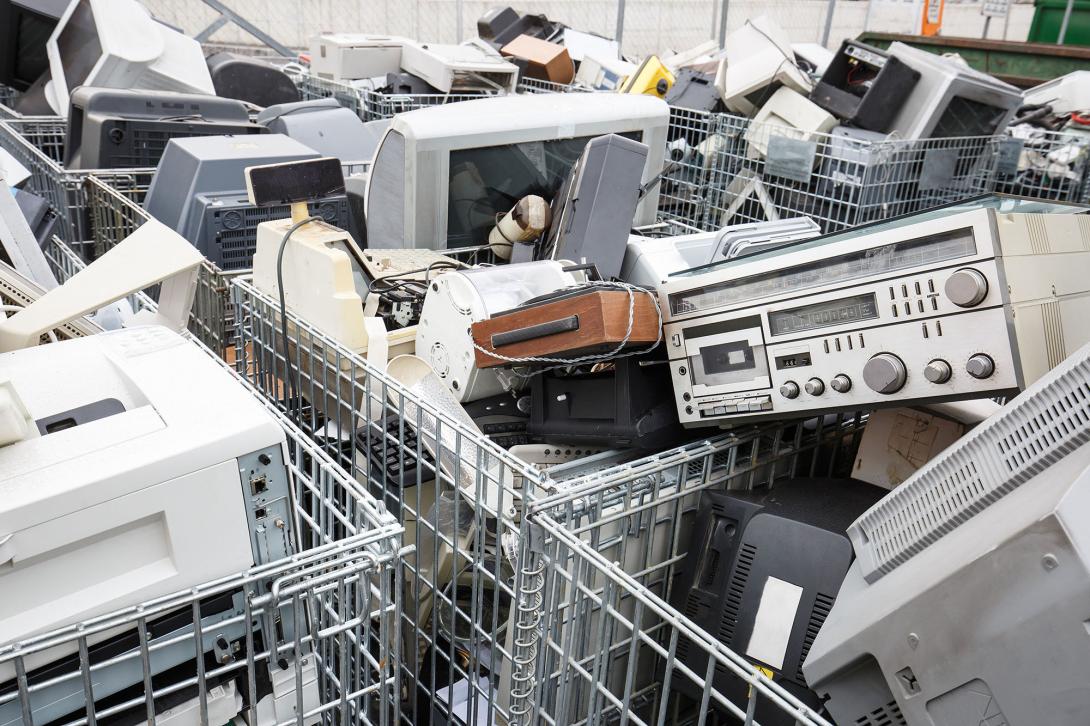Canada and Australia’s Differing Strategies
Canada sees its geography and human capital as an advantage to supply critical minerals. While Australia shares the same strategic intent, its future seems less inclined toward recycling or developing alternative sources.
Both drafted their latest versions of the strategies in 2022 to position themselves as choice suppliers and challenge China’s dominance in this market.
“We must ensure that value is added to the entire supply chain, including exploration, extraction, intermediate processing, advanced manufacturing and recycling,” says the Canadian text.
The strategies seek to develop an industry that will provide quality jobs and will be environmentally and socially sound.
One of the highlights on the Canadian document is that beyond having areas with potential for mining these elements, especially rare earth elements (REEs), it also has vast non-conventional deposits due to its historic extractive economy.
These critical minerals are found in mine, oil sands and asbestos tailings, brines in oil fields, as well as other alternative sources.
The country plans to leverage the presence of top international miners to expand its presence along the supply chain, according to this strategy.
The Australian document carries the term “recycling” only three times in 64 pages. It defines tailings as the unwanted consequence of lithium mining in the country and does not go into alternative sources.
As a comparison, the U.S. critical mineral strategy mentions the term “recycling” 49 times in its 50 pages and urges the exploration of mine tailings.
Meanwhile, the Canadian parliament reported the greatest challenges to establishing local supply chains in the country.
These were “ascertaining the availability of critical minerals in Canada, attracting the investments needed to develop Canada’s critical minerals sector, building the infrastructure the industry needs, reducing the environmental impact of mining and processing activities, creating a value-added critical minerals processing sector, and developing expertise and training a skilled workforce,” according to a Canadian parliamentary report.
Europe and the United States have been recognized for their efforts to process alternative mineral sources, like tailings, according to a report by the Brookings Institution, a think tank.





Comments